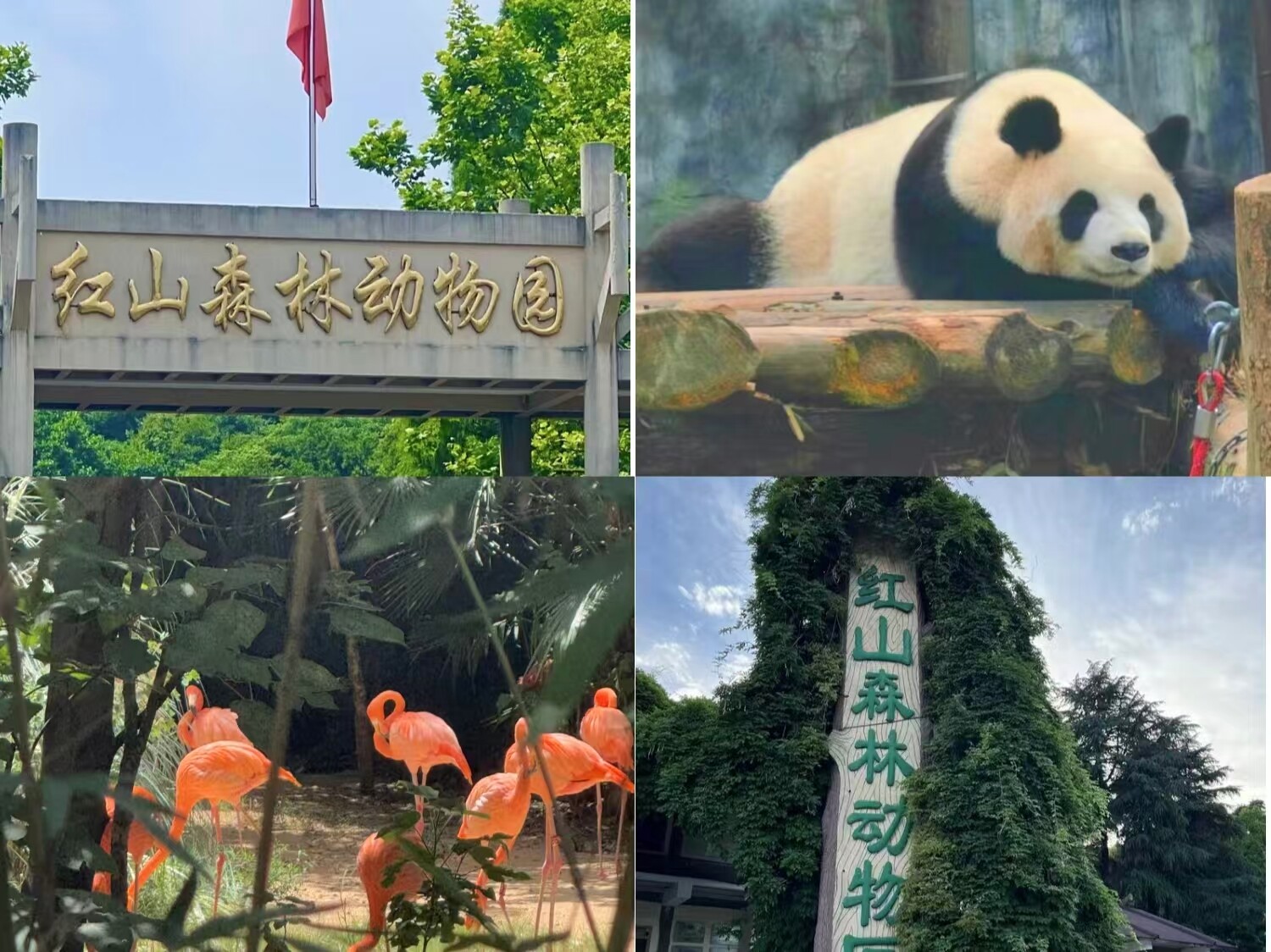My name is Lily Xia, and I am a professional travel consultant with over two years of experience in China’s tourism industry. I specialize in creating practical and informative guides for international visitors. This article provides a comprehensive overview and essential travel tips for visiting the Nanjing Hongshan Forest Zoo, one of the city’s top family-friendly attractions.
Introduction to Nanjing Hongshan Forest Zoo
Nanjing Hongshan Forest Zoo is a large-scale modern zoo located within a natural forest setting. Situated in the Xuanwu District of Nanjing, Jiangsu Province, the zoo covers an extensive area of approximately 68 hectares (168 acres). Unlike traditional zoos, Hongshan emphasizes animal welfare, conservation education, and providing habitats that mimic the animals’ natural environments as much as possible within an expansive, green landscape. It’s a place where visitors can observe a wide variety of animals while enjoying a walk through a pleasant forested park.
Tickets & Opening Hours
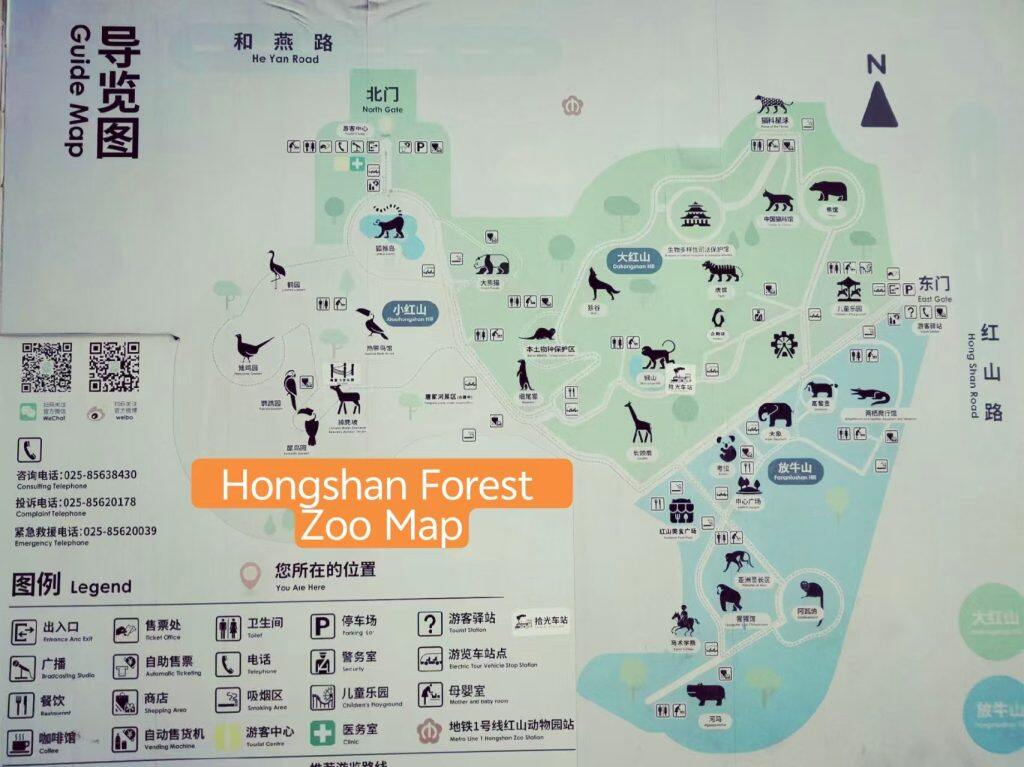
Opening Hours:
General Hours: 8:30 AM – 6:00 PM (Last entry usually at 4:30 PM, but confirm on-site).
Ticket Booth Hours: Typically stops selling tickets at 4:30 PM.
Ticket Prices:
Adult Ticket: ¥40 (Standard price for visitors aged 18-59).
Child Ticket: ¥20 (For children between 1.4 meters tall and under 18 years old; children under 1.4 meters tall are usually free but must be accompanied by an adult).
Senior Ticket: Free for visitors aged 60 and over (must show valid passport/ID). Sometimes a small fee for insurance might apply.
Student Ticket: ¥20 (Full-time university, college, or vocational school students with a valid student ID card, domestic or international – e.g., ISIC card).
Main Attractions
Australian Zone: Features animals like kangaroos, emus, and cockatoos in open enclosures.
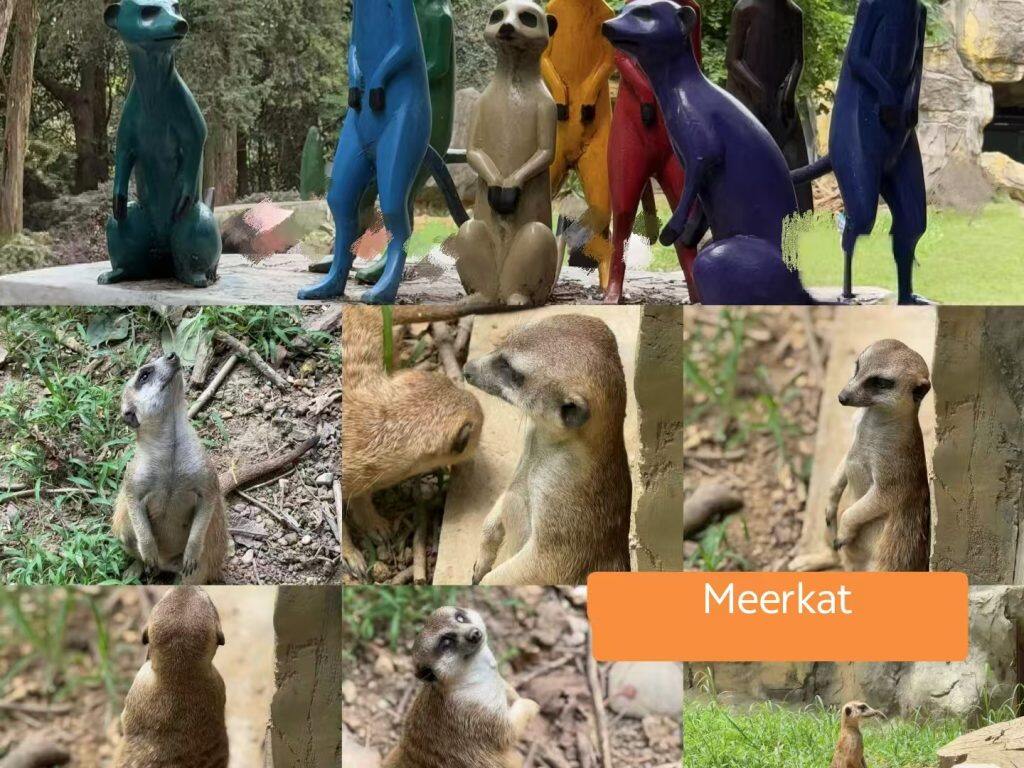
The Meerkat Pavilion:It houses lively meerkats. Visitors can observe them through underground tunnels and glass enclosures, watching their cute behaviors like standing guard and foraging.
Carnivore Zone: Home to big cats like lions, tigers, leopards, and jaguars. The enclosures are designed with natural barriers.
Primate Zone: A large area housing various monkeys, gibbons, and apes like orangutans and gorillas. The gorilla enclosure is particularly impressive.
Panda House: One of the most popular spots, housing giant pandas. Expect crowds here.
Small Petting Zone: Allows for interaction with domesticated animals like goats and sheep (often requires separate fee for feeding).
Bird Aviary: A large walk-through aviary where many birds fly freely around visitors.
Transportation: How to Get There
Nanjing has an efficient public transport system. Using the metro is often the easiest way.
By Metro:
Line 1: Take Line 1 to Hongshan Zoo Station. Use Exit 1, which leads you directly to the zoo’s main entrance (East Gate). This is the most straightforward option.
Cost: Metro fares range from ¥2-¥5 depending on distance. From central areas like Xinjiekou, expect to pay around ¥3-4.
By Taxi / Ride-Hailing (Didi):
Simply tell the driver the address or show the name in characters. They will typically go to the East Gate.
Cost: Highly variable depending on traffic and starting point. From downtown (e.g., Xinjiekou), expect approximately ¥20-¥40.
By Bus:
Numerous bus routes stop near the zoo. Look for routes with stops at “Hongshan Forest Zoo”or “East Gate of Hongshan Zoo” . This can be confusing for non-Mandarin speakers.
Cost: Usually ¥2 (cash or scan QR code on bus).
Experiences & Activities
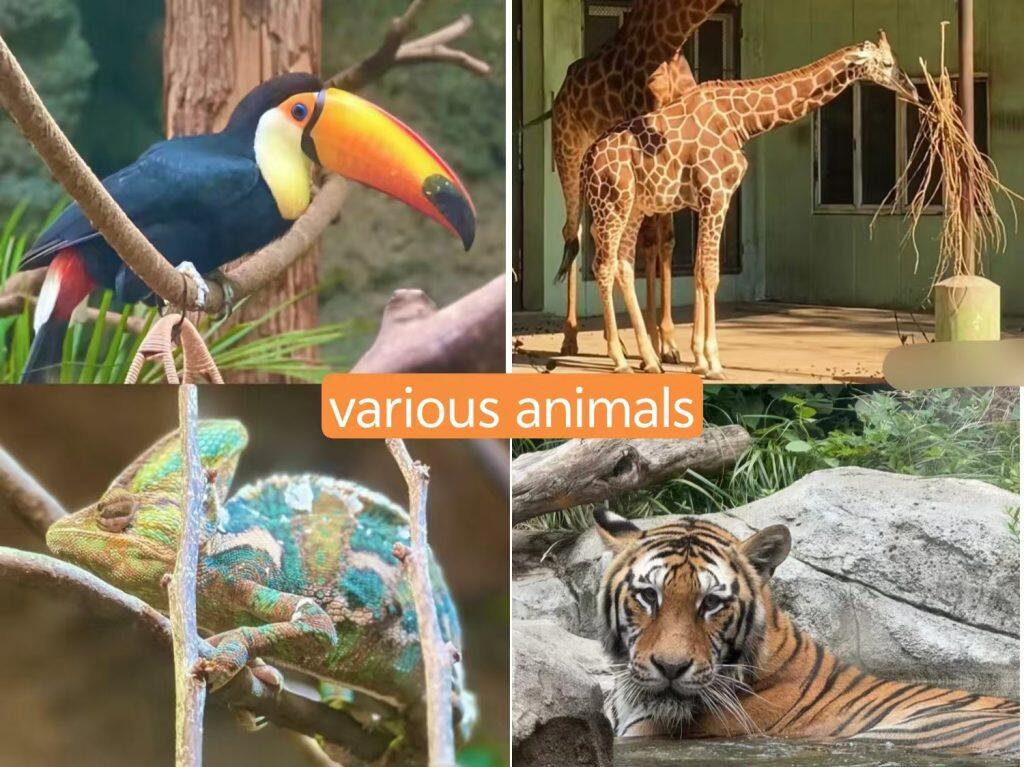
Animal Watching: The primary activity. Focus on observing natural behaviors. The zoo is known for its “enrichment” activities for animals.
Educational Signage: Read the often humorous and informative bilingual (Chinese/English) signs about the animals and conservation. The English translations can be charmingly direct.
Zoo Shuttle: Use the internal shuttle buses (extra fee) to save energy, especially between the hilltop zones. The zoo is very large and hilly.
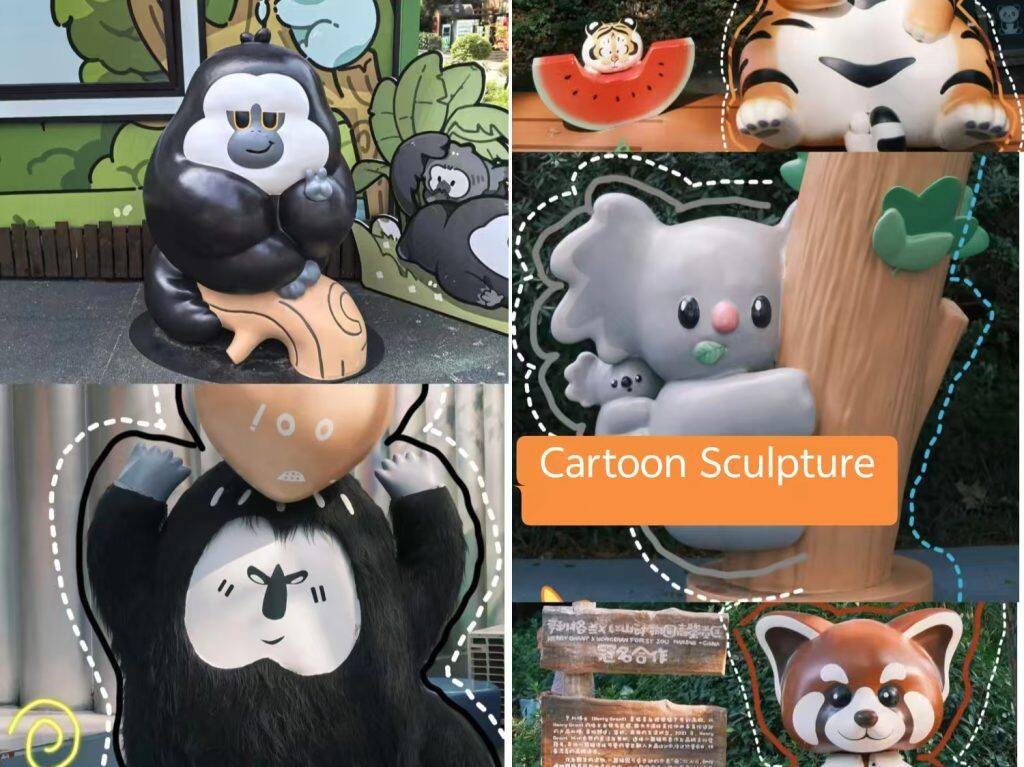
Viewing cartoon sculptures:It features cute sculptures of koalas, Lion King – themed ones, and other animals like red pandas and gorillas, which are popular photo spots and combine cuteness, science popularization and interaction.
Children’s Playground: There are play areas for children scattered around the zoo.
Feeding Experiences: At the petting zoo and possibly other designated areas (check for availability and extra cost)
Food Guide
Inside the Zoo: The zoo has multiple cafeteria-style restaurants and many small kiosks selling quick snacks, instant noodles, sausages, drinks, and ice cream. The food is basic and functional. Price is slightly higher than outside. Bringing your own water and some snacks is a good idea.
Q&A
Q: Is the zoo suitable for young children and elderly visitors?
A: Yes, it’s very popular with families.The internal shuttle buses are highly recommended to reduce fatigue. Strollers can be used, but pushing them uphill can be challenging.
Q: Are there animal shows?
A: Nanjing Hongshan Forest Zoo is known for its focus on animal welfare and has moved away from traditional animal performances (like shows with dancing bears or elephants painting) which are considered outdated and stressful for the animals. The focus is on natural behaviors and educational talks (mostly in Chinese).
Q: What’s the best time to visit?
A: Weekdays are significantly less crowded than weekends and Chinese public holidays. Mornings are better than afternoons, as animals are often more active when it’s cooler. Spring and autumn offer the most pleasant weather.

Lily Xia
She is Lily Xia,a 25 years old gilr.
For over ten years, she’ve been traveling with her camera,
and her greatest passion is capturing the beautiful moments,
places, and especially the people she meet along the way.

